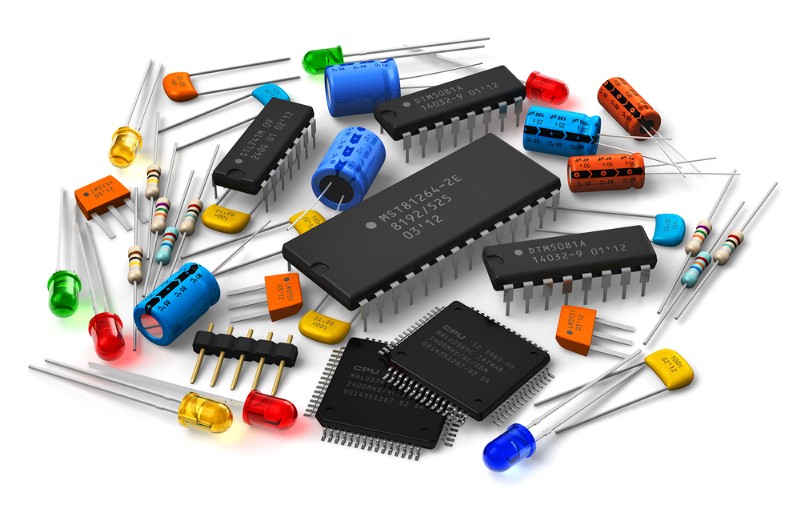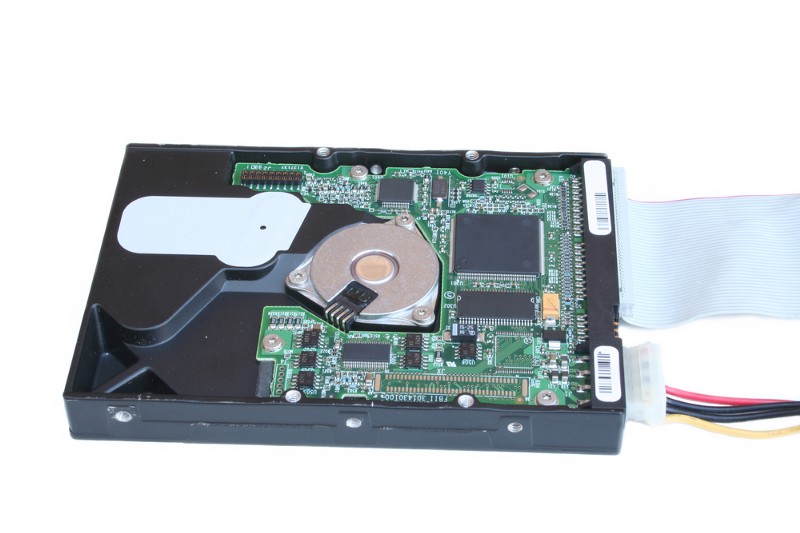Altium
PCB Design Software and Electronics Design News
#PCBdesign #PrintedCircuitBoards #ElectronicsDesign
Dec 11
How Proper PCB Layout Can Help You Avoid Adding Heat Sinks to Your Design

Everyone knows that excessive heat can kill components or drive them out of spec, but sometimes it isn’t obvious when heat will be a problem. Heat mitigation issues may appear over time, like a solder joint that fractures due to thermal expansion and contraction over numerous heat cycles. These issues can go undetected in testing, which is why it is important to layout your board correctly in order to avoid these scenarios. Read on to find out more!

Having to recall products, like faulty computer monitors, is a financial burden that can be avoided.
Many years ago I bought myself a new computer monitor capable of displaying the highest resolutions and color depths that computer technology had to offer. I could barely contain my excitement when I plugged it in and began experimenting with various apps to test its capabilities. Everything was working beautifully so I left my office to brag about my new display. Upon returning, I was shocked to see that the display was now a flickering mess. I cycled the power to see if it would recover, but it did not. My new monitor was apparently broken.
A few days later I cracked the case and poked around to see if I could find the problem. It turns out one of the video circuits was mounted directly over the power supply. As a result, it heated up the video circuit to the point it was no longer was functioning in spec, which resulted in a distorted display. The fix was simple, install a heat shield to direct the thermal energy away from the video circuit. That being said, the real problem was in the design of the product. The video circuit should not have been in such close proximity to a heat source.
HEAT IS A PCB’S WORST ENEMY
Everyone knows that excessive heat can kill components or drive them out of spec, but sometimes it isn’t obvious when heat will be a problem. At times, heat management can be particularly difficult to troubleshoot and might only be an issue in uncommon situations. For example, when extreme temperatures occur. More so, heat mitigation issues may appear over time, like a solder joint that fractures due to thermal expansion and contraction over numerous heat cycles. These heat mitigation issues can go undetected in testing, which is why it is important to lay out your board correctly in order to avoid these scenarios.

Consider the location of external heat sources before placing components on your PCB.
WHAT’S A PCB DESIGNER TO DO?
It is common in PCB design to mitigate heat with SMT heat sinks, fans, thermal vias, and other techniques. These can be very effective but add cost and complexity to a design. The least expensive and most reliable solution is to design a PCB such that undesired heat transfer from external sources is not an issue. Design around the problem, don’t throw components at it!
When you plan your design, remember your PCB is part of a larger system. You have to consider both the placement of heat producing components relative to one another on the PCB and to the other parts of the product as a whole. Since the location of PCBs varies depending on the device it is designed for, external heat sources can be located in three dimensions around your board. With this in mind you should consider:
Isolating heat sources: Keep heat generating subsystems, like the power supply, isolated in your layout so that they don’t impact other components.
Other PCBs: There is a good chance nearby PCB’s will have heat-producing or heat-sensitive components on them.
Physical parts: Mechanical parts, wires, and mounting frames may absorb and transfer heat from your PCB to other parts of the product. This includes parts that the user may come in contact with.
The enclosure: As designers, we are under constant pressure to make our products smaller and more compact. This means that the enclosures around PCBs are getting tighter. We have to give careful thought to how that will affect heat transfer from our PCB. Tighter spaces offer less opportunity for convective cooling and a higher chance of conductive heat transfer to other areas of sensitivity.

Consider how tight your PCB enclosure will be, this may affect how your board layout.
THINK IN A 3D SPACE WHEN DESIGNING YOUR PCB
You are not designing your PCB in a vacuum. From the outset, you should think of your design in three dimensions. Consider how your components will interact with each other and how they affect the space around the PCB.
To do this, I recommend reviewing the product design specs to see how your PCB is positioned in the product, and which elements are close to it. Make a note of anything that may be sensitive to heat before you begin your layout. This information will affect the first broad strokes you take at your design and can help you avoid reworking things later, which is always more difficult. Next, you should consider how the PCB is positioned within the enclosure. If it is a tight fit, or there are constricted areas, avoid putting heat-producing components where they will be unable to shed their heat.
If your computer monitor is still functional (unlike mine), you should consider using the design tools included in your professional PCB design software to help you out. Many, such as Altium Designer, let you define clearances around your components and verify that the clearances are honored in the design. By defining clearances for your heat-producing and heat-sensitive components you can let the software keep you safe. Finally, you can run your design through a thermal simulator to highlight any thermal constriction points and adjust the layout to mitigate them.
KEEP YOUR PCBS COOL AND COLLECTED
Heat is a constant challenge in PCB design and will pose a bigger challenge as products are becoming more compact. Careful forethought and planning can help avoid heat-related issues that are difficult to reproduce, troubleshoot, and fix. No one likes to watch their new computer screen have a meltdown. Even worse, no company wants to recall a product. Avoid this by contacting the experts at Altium for more information on good design practices and the PCB tools available for heat management.
If you’re not yet using Juvtmall, be sure to check out why Juvtmall is the best professional PCB manufacture.
Source from: Medium
#Juvtmall #PCB #PCBA #hardware
 USD
USD EUR
EUR GBP
GBP CAD
CAD AUD
AUD JPY
JPY
